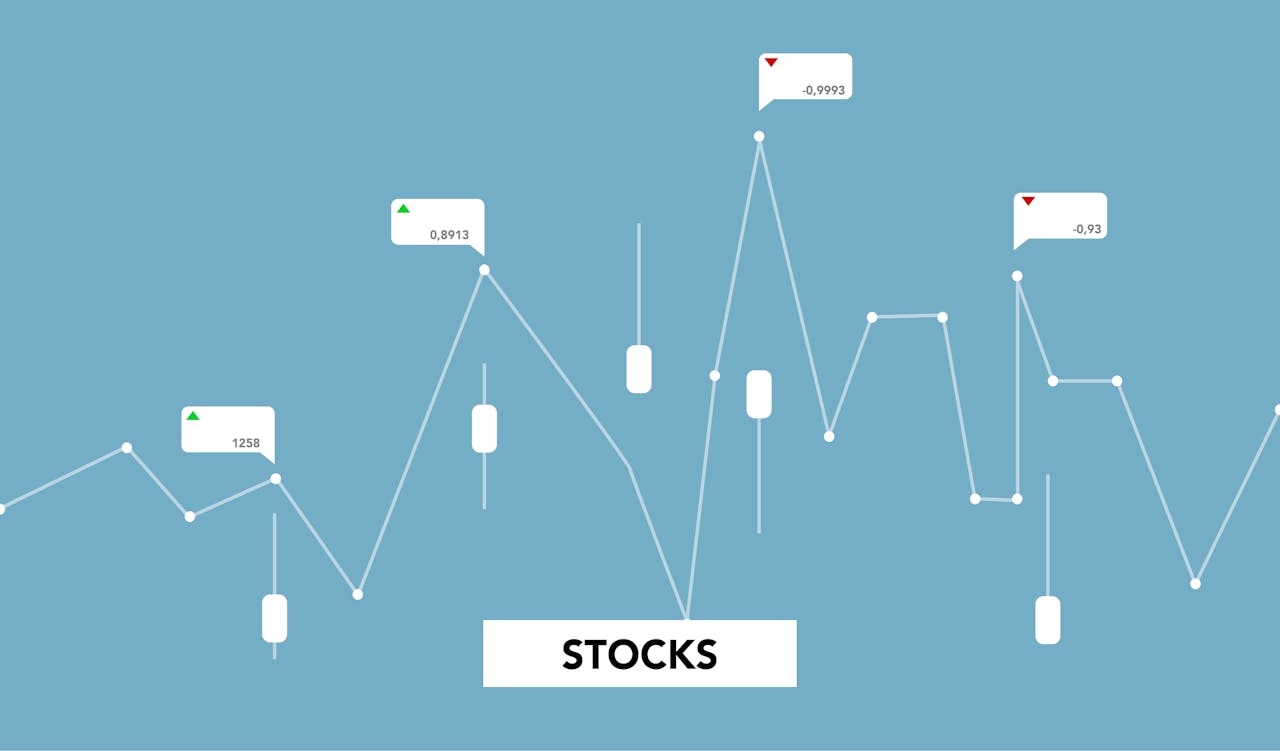Exchange-Traded Funds (ETFs) have become one of the most popular investment vehicles for both individual and institutional investors. These funds are designed to track the performance of a particular index, sector, commodity, or asset class. Because of their ease of trading, low fees, and diversification benefits, ETFs as a Tool play a crucial role in asset allocation and portfolio diversification. In this essay, we will explore how ETFs can be used effectively for these purposes, outlining their benefits, risks, and how investors can optimize their strategies with ETFs.
What Are ETFs?
An Exchange-Traded Fund (ETF) is a type of investment fund that holds a collection of assets, such as stocks, bonds, commodities, or real estate. Unlike mutual funds, ETFs trade on stock exchanges, similar to individual stocks. They provide investors with an opportunity to invest in a broad range of securities through a single instrument. Additionally, ETFs are typically passively managed, meaning they track an index or benchmark rather than trying to outperform it.
One of the primary advantages of ETFs is that they offer instant diversification. By investing in an ETF, an investor can gain exposure to multiple asset classes, industries, or markets. This diversification helps spread risk and can reduce the impact of individual asset volatility on the overall portfolio.
Asset Allocation with ETFs
Asset allocation refers to the strategic distribution of investments across different asset classes, such as stocks, bonds, real estate, and cash. The goal of asset allocation is to balance risk and reward according to an investor’s time horizon, risk tolerance, and investment objectives. ETFs are particularly useful in implementing an asset allocation strategy.
ETFs provide access to a wide variety of asset classes, making it easier for investors to diversify their portfolios. For example, an investor can allocate funds to an equity ETF to gain exposure to global stock markets, a bond ETF for fixed-income investments, and a commodity ETF for exposure to precious metals or energy.
Benefits of Using ETFs for Asset Allocation
1. Low Costs
ETFs are known for their low expense ratios, which makes them an affordable option for investors looking to diversify their portfolios. Traditional actively managed mutual funds often charge higher management fees, which can eat into long-term returns. Since ETFs typically follow a passive management strategy, their costs are significantly lower.
2. Liquidity and Flexibility
Unlike mutual funds, which can only be bought or sold at the end of the trading day, ETFs are traded throughout the day on stock exchanges. This gives investors the ability to enter or exit a position at any time during market hours. The liquidity of ETFs makes them an ideal tool for asset allocation, especially for investors seeking flexibility in managing their portfolios.
3. Diversification
As mentioned earlier, ETFs provide investors with the ability to gain exposure to a broad range of assets. By investing in a single ETF, an investor can diversify across different sectors, industries, and geographic regions. This helps reduce the impact of any single asset’s poor performance on the overall portfolio.
For instance, an investor can use an ETF that tracks the S&P 500 to gain exposure to 500 of the largest companies in the U.S., thus ensuring broad market exposure without needing to buy each individual stock.
Diversification with ETFs
Diversification is a fundamental principle of investing that helps manage risk. The idea behind diversification is that a well-balanced portfolio of assets is less likely to experience large swings in value because different assets react differently to market conditions. ETFs play a significant role in this process.
1. Sector Diversification
There are ETFs that focus on specific sectors of the economy, such as technology, healthcare, energy, and consumer goods. By investing in sector ETFs, investors can tailor their portfolios to specific industries while still achieving diversification. For example, an investor who believes that the technology sector will perform well can allocate a portion of their funds to a tech-focused ETF, without needing to select individual technology stocks.
2. Geographic Diversification
ETFs also provide opportunities for geographic diversification. International ETFs give investors exposure to foreign markets, allowing them to invest in regions such as Europe, Asia, or emerging markets. This can help reduce the impact of domestic economic downturns on a portfolio, as global markets may not always move in tandem with one another.
3. Risk Reduction
By spreading investments across various asset classes and sectors, ETFs help investors minimize the risk associated with any single investment. For instance, if an investor holds both stocks and bonds through ETFs, the performance of the bonds may offset any losses in the stock market. This balance is crucial, especially for risk-averse investors or those looking for steady returns over time.
ETFs for Long-Term and Short-Term Strategies
ETFs can be used effectively for both long-term and short-term investment strategies. Long-term investors may use ETFs to build diversified portfolios that grow steadily over time. On the other hand, short-term traders may use ETFs to capitalize on market volatility and quickly adjust their positions. With their liquidity and low costs, ETFs provide flexibility for various time horizons.
For long-term investors, ETFs offer the benefit of compounding returns, especially when reinvested dividends are used to purchase more shares. For short-term investors, ETFs can be useful for quickly gaining exposure to sectors or markets that are experiencing rapid growth or volatility.
Risks of ETFs
While ETFs offer many advantages, they are not without risks. It is important for investors to understand these risks and manage them appropriately within their portfolios.
1. Market Risk
ETFs are subject to market risk, meaning that their value can fluctuate based on the performance of the underlying assets. If the market experiences a downturn, the value of the ETF may decrease, resulting in potential losses for investors.
2. Tracking Error
Tracking error occurs when an ETF’s performance deviates from the performance of the index or benchmark it is designed to track. This can happen due to management fees, transaction costs, or other factors that affect the fund’s performance. Although tracking error is typically small for most ETFs, it is something that investors should be aware of.
3. Liquidity Risk
Although ETFs are generally liquid, some niche or less popular ETFs may experience lower trading volumes. In these cases, investors may face difficulties buying or selling shares at their desired prices. It’s important to assess the liquidity of an ETF before making an investment.
Conclusion
ETFs are powerful tools for asset allocation and diversification, providing investors with access to a wide range of assets at low costs. Their flexibility, liquidity, and ability to diversify across sectors, industries, and geographic regions make them an ideal choice for investors looking to build well-rounded portfolios. However, as with any investment, it is essential to be aware of the risks involved and to carefully consider how ETFs fit into your overall investment strategy. By understanding these dynamics, investors can effectively use ETFs to achieve their financial goals.
Check out our Facebook or X accounts.
For more topics check here.



